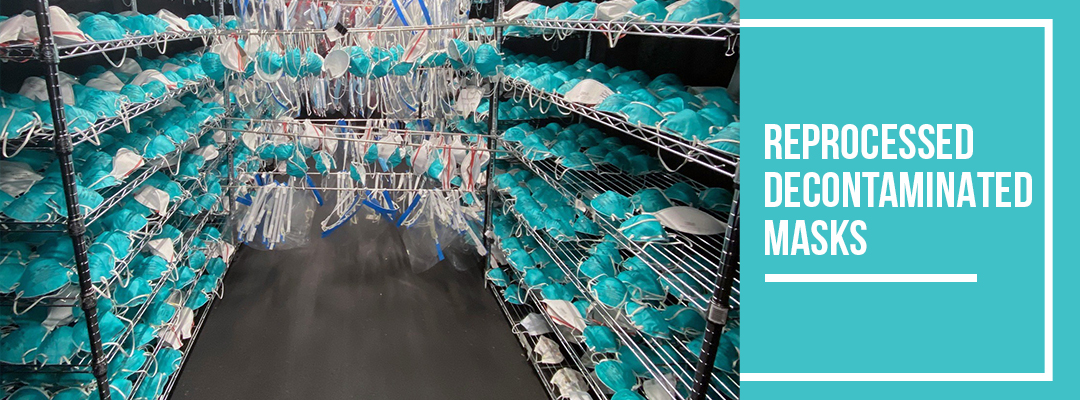Workplace hazards pose professional risk to people who work in such occupations. This includes exposure to dangerous chemicals, fire accidents, electrical accidents. biological hazards or the ongoing pandemic. OSHA (Occupational Safety and Health Administration), a US government department, is mandated to work in the area of occupational safety, and organizations are required to safeguard their employees from workplace injury at all costs by following OSHA guidelines. The best method to safeguard employees against hazards is to provide them with suitable safety gear when they are at work. This gear is commonly called as Personal Protective Equipments, or PPEs. These PPE kits are required to match OSHA standards and shall be approved by it. Therefore, the manufacturers of these products are also required to adhere to it. However, there are certain conditions, rules and precautionary measures that you need to follow. Let us see what they are:
The Need

PPE kit is a great protective wear for frontline people coming in direct contact with microbial pathogens like a contagious virus, bacteria, fungi, and contaminated fluids like blood. These PPE kits can be used by any normal person who faces contaminants daily. And these PPE kits are not strictly used by health care professionals. PPE kits are effective in preventing injuries from hazardous physical, chemical, heat/inflammable, and electrical materials, as well as pollutants, biohazards, and airborne particle matter, in all professions. Non-healthcare occupations that require PPE kits include chemical plant operators, mining industry personnel, waste collection and disposal sectors, building units, burial site labourers, and so on.
The Types
All organs of the employees, including the eyes, nose, mouth, ears, face, head, hair, neck, body, hands, and feet, are constantly exposed to harmful substances and infections in the healthcare environment and other high-risk professions. As a result, many varieties of PPE are created and ordered from licenced PPE kit suppliers to adequately protect employees and decrease the danger of injury or hazard. These are the following:
- Eye Protection of safety glasses, impact goggles
- Respiratory Protection consisting of surgical masks, respirators
- Face Protection with face shields
- Head Protection with helmets, hard hats
- Hand Protection with gloves, wrist cuffs
- Body Protection of gowns, full-body suits
- Hearing Protection with earplugs, noise bands, acoustic foams
- Foot Protection with safety boots, concealed shoes
- Height And Access Protection of body harnesses, fall-arrest systems
The Guidelines for PPE Kits During Covid-19 Pandemic

World Health Organization (WHO) and The United States’ Center For Disease Control And Prevention (CDC), the Central Health Organisation in India, the Ministry Of Health And Family Welfare (MoHFW) has detailed the appropriate uses of PPE kits to effectively prevent COVID-19 disease transmission which includes:
- Face shields and goggles with flexible frames should entirely seal the skin and the eyes
- Masks of a specific type – triple-layer medical mask and an N-95 respirator mask to avoid the passage of viral particles through the nasal tract
- Hand gloves of good quality and nitrile or latex material
- Coveralls and gowns should be used to protect the body when handling infected patients.
- Shoes made from impermeable material should completely cover the feet and prevent exposure to contaminants at all costs.
- Headcovers should conceal the hair and head of healthcare workers from coming in direct contact with viral particles










 Head Office
Head Office


 India Office | Sales Office
India Office | Sales Office